Is It Safe To Use Essential Oils Around Cats?- AAA

In 2018, our staff at Edens Garden were hit with a flurry of inquiries about cats and essential oil safety. Come to find out, a viral Facebook post was circulated by a woman claiming her cat had a severe reaction, which she and her husband believed was due to her recently found habit of diffusing Eucalyptus oil. The post was quickly picked up and made more prevalent by Buzzfeed, with an article titled “People Are Freaking Out Because They Just Learned Essential Oils Can Hurt Cats.”[1]
Despite seemingly everyone asking about cats and essential oil safety all those years ago, questions on the subject haven’t ceased. And while we have discussed essential oils and animal safety in the past, we haven’t gone in-depth on cats and aromatherapy safety. If you’re a cat lover and aromatherapy user, you’ll want to read on for more.
Is It Safe To Use Essential Oils Around Cats?
Gather together aromatherapy users, ask them if it’s safe to use essential oils around cats and you’re likely to divide the room in half. Rather than debate, let’s look at the facts.
How Cats Metabolize Essential Oils
We’ve previously said, “Cats are extremely sensitive to essential oils, especially those that are diffused, as they don’t metabolize essential oils in the same way humans and other animals can.” And it’s true – cats metabolize essential oils differently than humans and other animals.
Many people have pointed out that cats lack glucuronosyltransferase – a liver enzyme that helps metabolize and break down substances such as salicylates, found in oils like Birch and Wintergreen.[2] However, this does not mean cats don’t metabolize essential oils as efficiently.
A 2017 study compared how liver enzymes from cats, dogs and humans metabolized phenolic compounds.[4] Phenols are a family of chemical compounds that are naturally high in oils like Oregano, Clove Bud and Cinnamon Leaf. Many believe that cats cannot properly metabolize phenol compounds because they are deficient in liver enzymes that are used to metabolize these chemicals in human and dog livers.
But this study made an observation that changed what we know about cats and essential oils. Scientists found that cats metabolized phenolic compounds slower and in a way that was different from humans and dogs. However, cats did still clear the phenols by using different metabolic pathways than that of dogs and humans, and in some aspects, more efficiently. Veterinarian and animal aromatherapist, Dr. Melissa Shelton puts it simply, “These statements would seem to indicate, that while cats are “deficient” in one respect, they excel in others.”[3]
Studies On Essential Oil Use With Cats
Studies have been interpreted differently by proponents and advocates of using essential oils with cats. Let’s look at what these studies have shown.
- Thirty-nine cats were treated with plant-derived flea-preventatives, including a shampoo containing over 9% essential oil and a spot treatment containing over 27% essential oil. 35 of the 39 cats treated had mild to severe adverse reactions. In some cases, scientists did not use the products as directed, resulting in more serious reactions. The majority of adverse reactions were agitation (23%), hypersalivation (18%) and seizures (15%).[5]
- Seven cats were treated for ringworm using a combination of 5% Oregano, 5% Rosemary and 2% Thyme (Thymus serpyllum) in Sweet Almond oil for a month. Four cats were successfully healed and two of them were only partially healed. None of the cats experienced adverse reactions.[6]
- A journal of veterinary medicine documented a case in which three cats were treated for fleas with 60 ml of Tea Tree oil (divided amongst them). Soon after, each cat suffered severe adverse reactions including hypothermia, dehydration and poor coordination.[7]
In each study, a high dose of essential oil was topically applied to cats. Dr. Melissa Shelton, along with aromatherapist teachers Robert Tisserand and Salvatore Battaglia all agree that most adverse reactions occur after cats are overexposed to excessive amounts of essential oil.
It’s difficult to tell, however, why the second study did not result in any adverse reaction. Nonetheless, these dosages are high for humans, let alone cats which weigh an average of 6-11 pounds. Therefore, we don’t suggest using excessive amounts of oils on or around cats.
Our Stance
Edens Garden has previously taken a firm stance against using essential oils on and around cats, but new research and insight have caused us to reevaluate that stance. We have updated previous articles mentioning cats accordingly.
Animal aromatherapists like Kelly Holland Azzaro have been integral in providing safe and accurate information about using essential oils with animals properly. And while she too has stated cats have difficulty metabolizing essential oils, she has since conceded that she is now exploring new information provided by Dr. Melissa Shelton which says otherwise.[2]
It’s easy to forget that there is still a lot to learn about aromatherapy. But with so much new research about essential oils being released, we are happy to see new evidence showing essential oils can safely be used around cats and look forward to further research.
Safety Guidelines
Here are some guidelines we suggest following to ensure you’re using your essential oils safely around your cat.
- Don’t administer essential oils to cats topically or orally
- Keep essential oils and diffusers out of reach of cats
- Avoid using the following essential oils on/around cats: Birch, Bitter Almond, Boldo, Calamus, Garlic, Horseradish, Mustard, Sassafras, Wintergreen, Wormseed (Chemopodium) and Pennyroyal[3]
- Avoid using oxidized, expired or poor quality oils around your cat[2]
- Discontinue using essential oils if you notice that your cat is having an adverse reaction
- Diffuse for 30-60 minutes intermittently in a well-ventilated space when using an active water diffuser
- Use a passive diffuser such as Reed Diffusers or a Ceramic Bloom for longer diffusion
- Ensure your cat can leave the room when the essential oil diffuser is on
If you believe your cat is suffering from essential oil poisoning due to overexposure, call the pet poison helpline at (800) 213-6680.
How Aromatherapists Use Essential Oils With Cats
Wondering how aromatherapists employ safe use of essential oils with their cats? Here’s some insight a few have shared.
Aromatherapist and long-time cat owner Salvatore Battaglia states he uses 3-5 drops in his diffuser over 2-4 hours. He recommends ensuring that there is fresh air circulating through your space if your cat is present and your diffuser is on.[8]
Animal aromatherapist and pet parent Kelly Holland Azzaro uses, what she calls, common-sense diffusing when her cats are present. She uses passive diffusers which gently warm 1-2 drops of essential oil. Otherwise, she uses essential oil jewelry, inhalers or scent strips.[2]
Aromatherapist and pet owner Robert Tisserand recalls a time he used Tea Tree oil on his cat daily to help heal a skin infection. The oil did not cause any adverse reaction and the infection did heal. He states that “a small amount of any essential oil, and a moderate amount of most, will not harm your cat.” Tisserand also states that low-level, intermittent diffusion is safe for cats when sensibly used.[9]
Veterinarian Dr. Melissa Shelton is known for taking a more liberal approach to using pure essential oils with cats, which she backs up with her own clinical research. However, when it comes to introducing new oils to your pet, she suggests diffusing 1 drop of oil for 15 minutes intermittently throughout the day and observing your animal. If no reaction occurs, she diffuses 3-4 drops in an 8.5 oz water diffuser.[10]
SOURCES:
- People Are Freaking Out Because They Just Learned Essential Oils Can Hurt Cats. https://www.buzzfeednews.com/article/stephaniemcneal/essential-oils-pets
- Cats. https://www.animalaromatherapy.com/educate-empower/safety/cats/
- The Science Behind Cats and Essential Oils. https://mailchi.mp/84d05339fa01/cats-essential-oils-research-references
- Comparative metabolism of mycophenolic acid by glucuronic acid and glucose conjugation in human, dog, and cat liver microsomes. https://pubmed.ncbi.nlm.nih.gov/27301298/
- Adverse reactions from essential oil-containing natural flea products exempted from Environmental Protection Agency regulations in dogs and cats. https://pubmed.ncbi.nlm.nih.gov/22805458/
- In vitro and in vivo antifungal activity of some essential oils against feline isolates of Microsporum canis. https://pubmed.ncbi.nlm.nih.gov/23518021/
- Australian tea tree (Melaleuca alternifolia) oil poisoning in three purebred cats. https://pubmed.ncbi.nlm.nih.gov/9576358/
- Using essential oils safely with cats. https://salvatorebattaglia.com.au/blog/15-using-essential-oils-safely-with-cats
- Cats and Essential Oil Safety. https://tisserandinstitute.org/cats-essential-oil-safety/
- Water-based diffusion, 101. https://animaleo.info/animaleo-for-diffusion/
Grab The Essentials Here:
Leave a comment (Comments will be approved before showing up)
9 comments
Dee
I couldn’t help but notice that in the first study where 35 of the 39 cats had reactions, there was no mention of which oils were used. I would think that would be an integral part of the study.
Sue Ann Schaus
Thank you! There has been so much bad information posted on the internet. I have followed Dr Shelton for many years and using her recommendations I have helped kittens with respiratory problems using diffusion and topical applications. Cats and oils has been an emotional topic for years.
Nell Hollingsworth
I am a cat lover, and I have used essential oils around my cats for years. I have 3 older girls that love inside. To my knowledge, we have not experienced an issue.
Edens Garden
Hi Jill! Thank you for sharing! Many of the aromatherapists we mentioned in this post have said similar – they often diffuse and use oils on themselves and they’ve never had an adverse reaction with their cats.
Edens Garden
Hi Terry! You’re right, these studies do seem cruel. We’ve found that with animal testing, many times doctors ‘cut to the chase’ per se and use an immense amount of a substance inappropriately. That way, if there’s no reaction, you can rule that the substance is likely safe without having to do much further testing. This is not something we at all condone, but as stated, many people look at these studies as evidence that essential oils are generally unsafe for cats. However, these studies show that high, inappropriate doses of essential oils are unsafe for cats.
Jill
As an advocate of aromatherapy, I’ve used a wide variety of essential oils in ultrasonic diffusers. I’ve done this on a daily basis for many years with cats in the house and had no issues at all. I just make sure the cats have a room to escape to if the scent doesn’t agree with them, pay attention to oils they like and don’t like, and never apply topically. Only have one furry friend left now, but the others lived to ripe old ages—happily.
Ayo Maat
Thank you. I have not noticed in 3 years any adverse reaction when my daughter’s cat is present in the rooms where I diffuse. I mainly use a different oil each day generally in this order from Sun to Sat: frankincense, Jasmine, lavender, patchouli, sandalwood and myrrh. Sometimes I diffuse eucalyptus during wintry days. Sometimes I diffuse lemongrass to lift up the mood. Sometimes I diffuse sweet orange or grapefruit oil to uplift. I wear or apply to my body, not the cat, at various times in grapeseed carrier oil oregano, eucalyptus, cinnamon bark, lotus, black pepper. I have applied lavender, lotus, black pepper, ylang ylang and clary sage neat. So far no adverse reaction in me nor on my skin nor in the cat although he is now just an occasional visitor. He lived with me though approx. 2 years.
I try not to rub or pet the cat though if Zi have oil on my hands. I do sometimes apply the oil to beads that I wear on my wrists
Again, I appreciate the info. I do not apply wintergreen now when he is around. It is mixed with other oils in grapeseed and castor oils anyway for pain relief rather than being diffused.
Terry
I think it’s safer to not use them around cats why these horrible studies were done is beyond me THOSE POOR CATS!!! I have cats and diffuse occasionally and have gotten rid of all my plug ins. I say better safe than sorry.
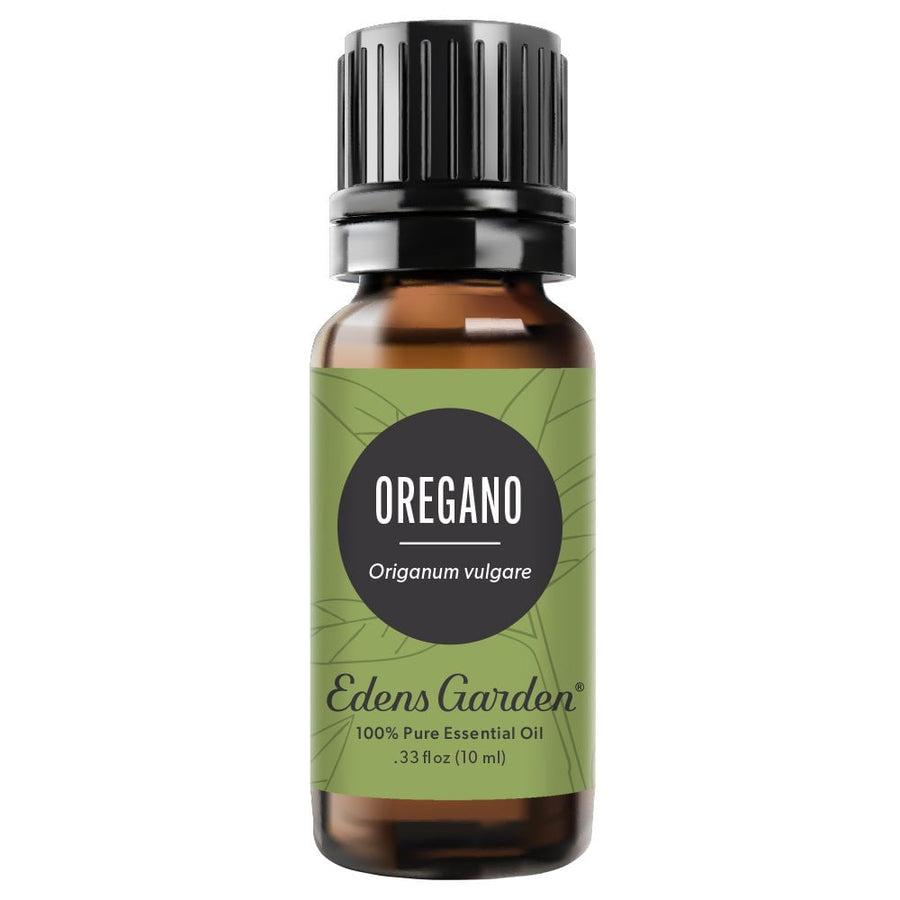
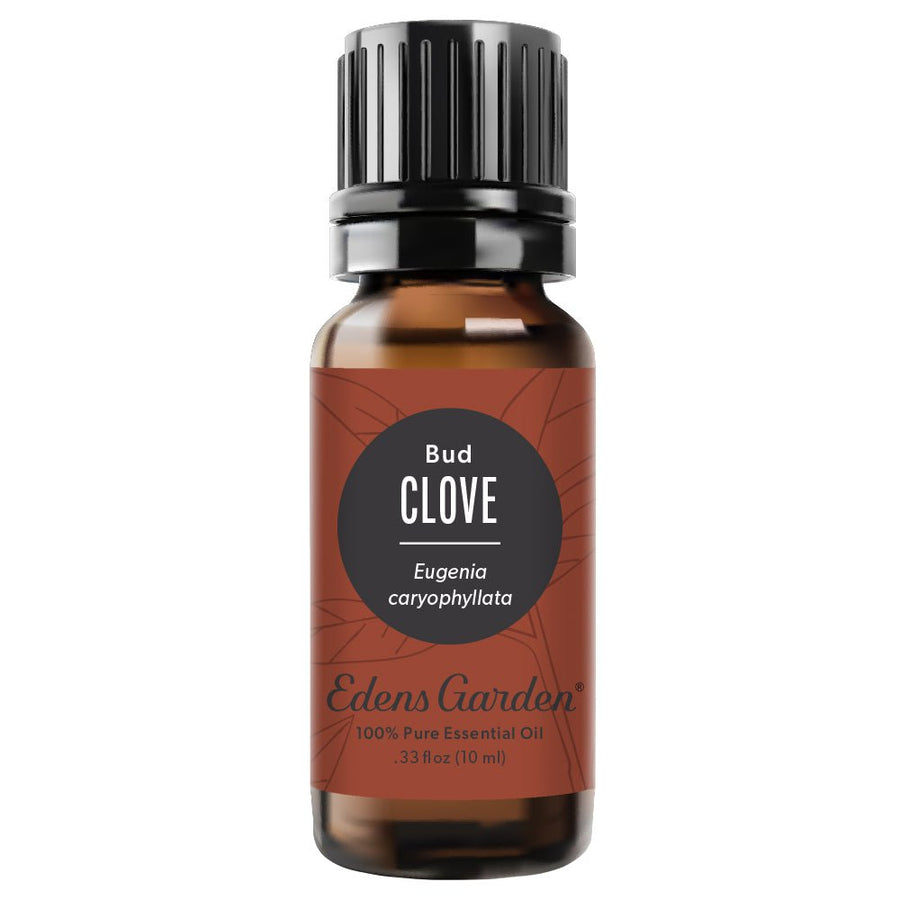
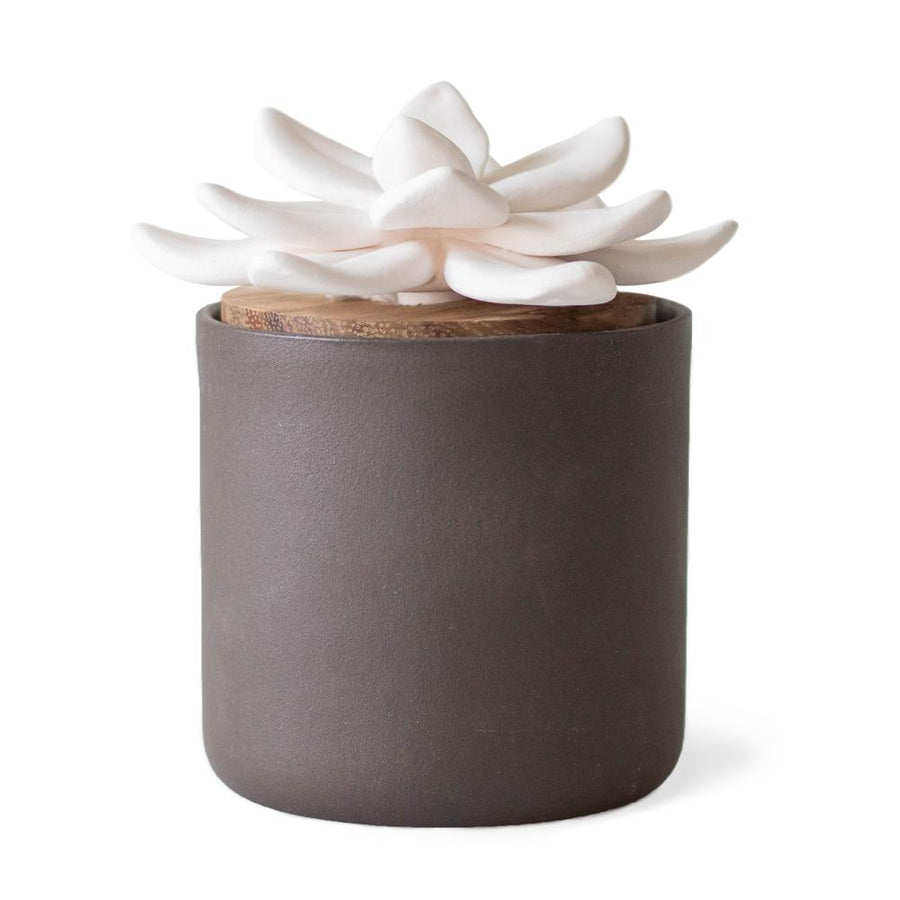
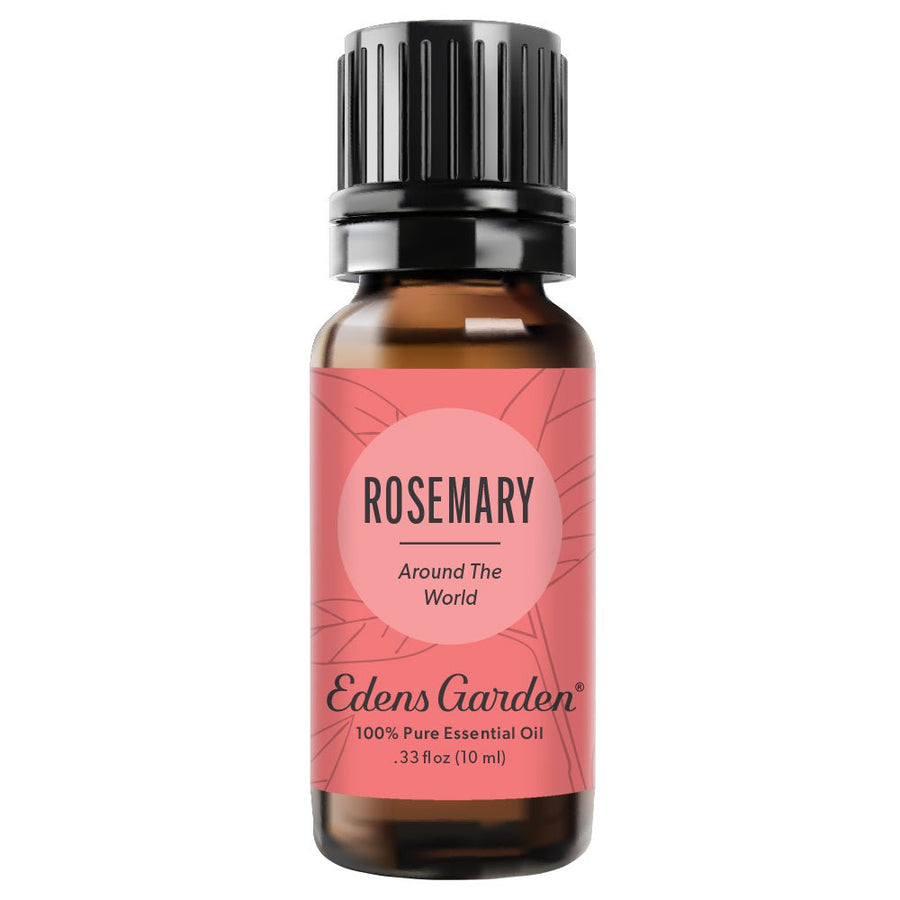
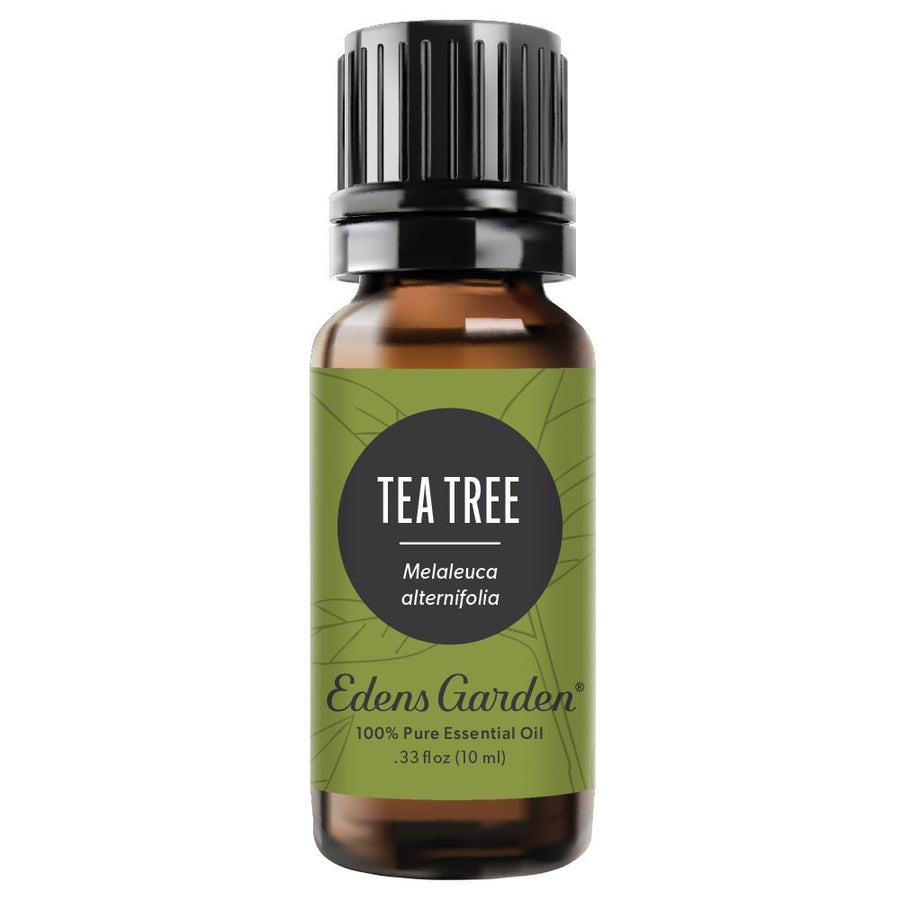
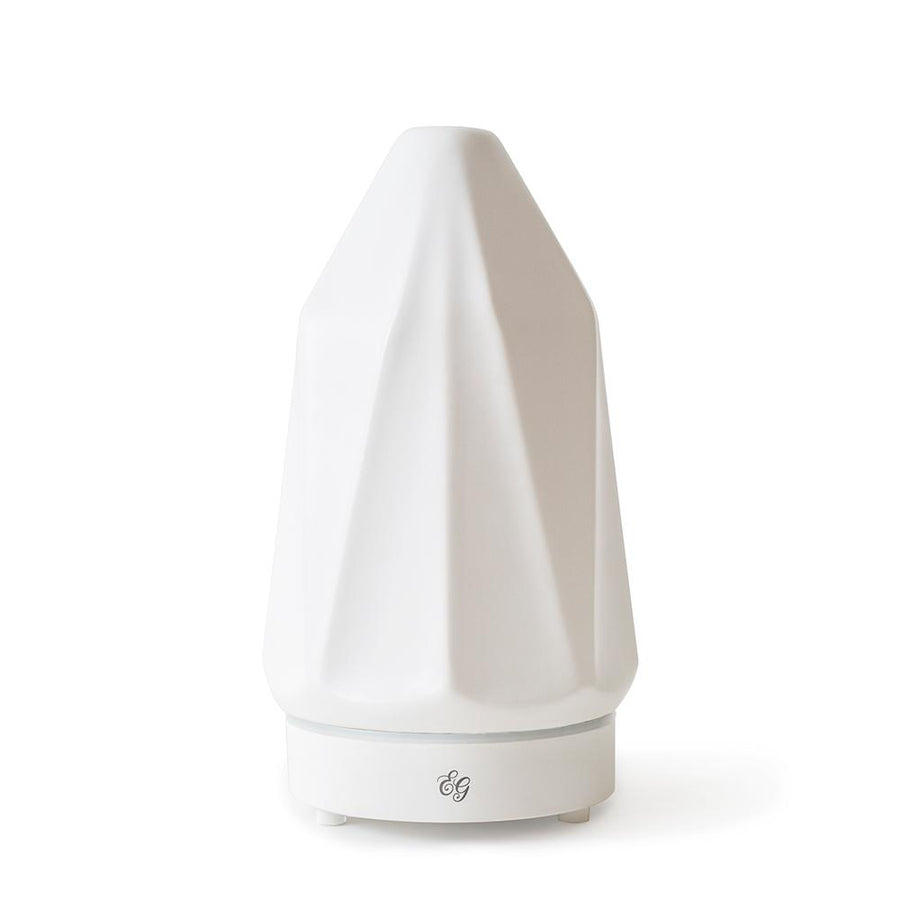

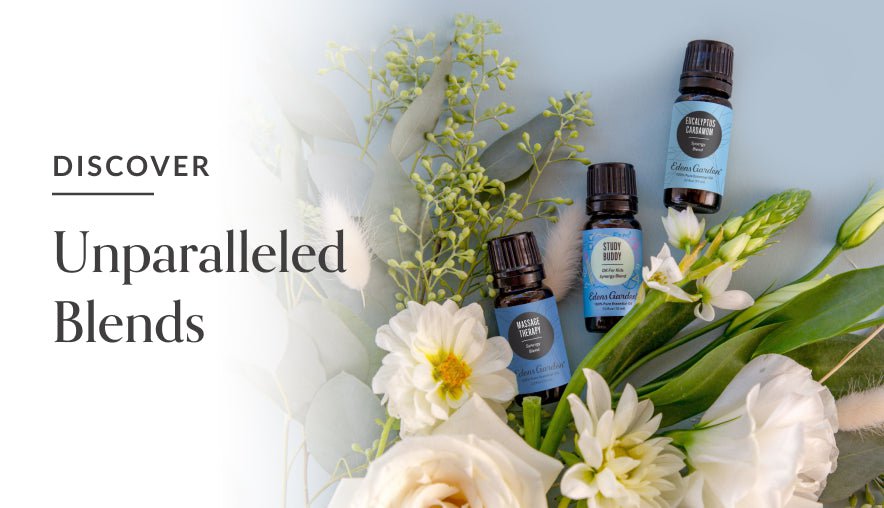

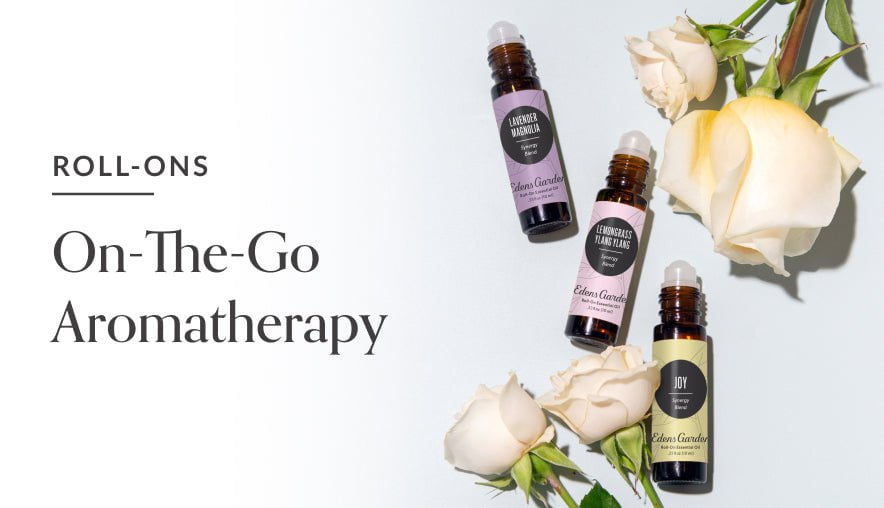
Edens Garden
February 28, 2023 at 9:26 am
Hi Dee! Here are the different flea preventatives used in this study and their ingredients:
Plant-derived natural flea sprays: Peppermint oil 1.0%, cinnamon oil 1.5%, lemongrass oil 1.5%, clove oil 1.7%, thyme oil 1.7% 2-phenyl ethyl propionate 1.7%, vanillin, isopropyl myristate
Plant-derived natural flea shampoos: Peppermint oil 0.25%, clove oil 0.25%, cedarwood oil 0.5%, cinnamon oil 1.0%, rosemary oil 1.0%, sodium lauryl sulfate 7.5%, vitamin E, lecithin lanolin, wheat germ oil, potassium sorbate, soybean oil, vanillin, xanthan gum, water
Plant-derived natural flea spot-ons: Peppermint oil 3.0%, cinnamon oil 4.5%, lemongrass oil 4.5%, clove oil 5.0%, thyme oil 5.0%, 2-phenyl ethyl propionate 5.0%, vanillin, isopropyl myristate